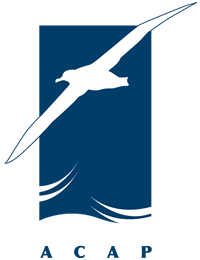 Arctic Fulmar
Arctic Fulmar
Susanne Kühn (Wageningen Marine Research, Den Helder, The Netherlands) and colleagues have produced an annual report in their series on plastic pollution in beach-wrecked Arctic Fulmars Fulmarus glacialis from The Netherlands.
“In 2024, we received 37 birds from Dutch beaches, 32 of which still had an intact stomach. Because the annual number of birds can vary, we mainly look at the past 5-year period (2020–2024). From that period, 228 fulmars were available, of which 92% had plastic in their stomach. On average, these birds had ingested 24 pieces of plastic with an average weight of 0.24 grams of plastic per bird. 53% of the animals had more plastic in their stomach than the desired threshold value of 0.1 grams. The EU’s long-term goal is that no more than 10% of birds exceed this threshold. According to our calculations, this goal could be reached in 2077.”
Reference:
Kühn, S., Meijboom, A., Bittner, O. & Van Franeker, J.A. 2025. Fulmar Litter Monitoring in the Netherlands –Update 2024. Wageningen Marine Research Report C033/25 and RWS Centrale Informatievoorziening Report. Den Helder, The Netherlands. 47 pp.
John Cooper, Emeritus Information Officer, Agreement on the Conservation of Albatrosses and Petrels, 10 September 2025

 English
English  Français
Français  Español
Español